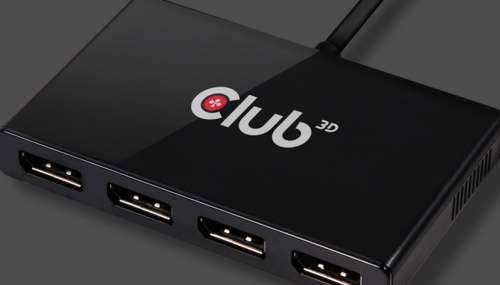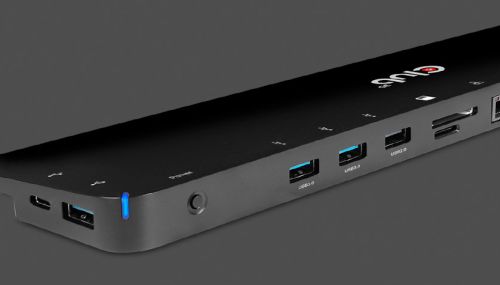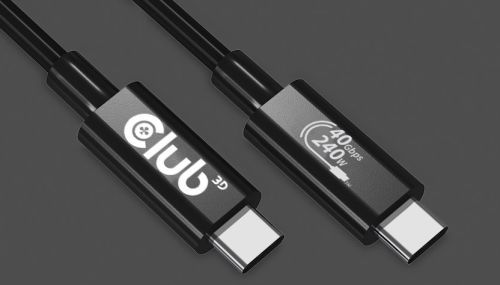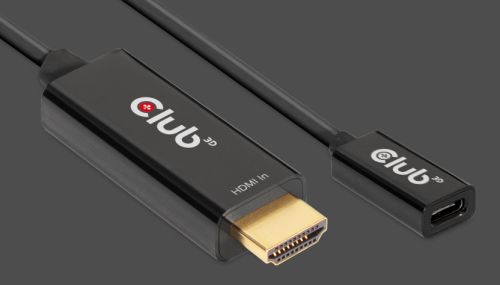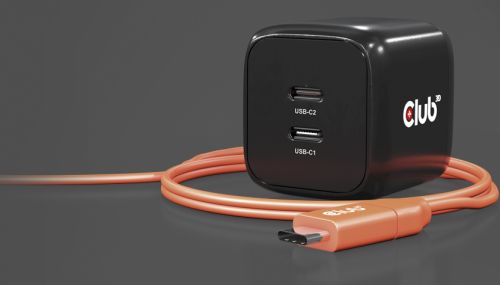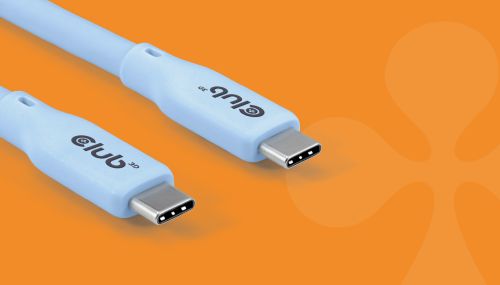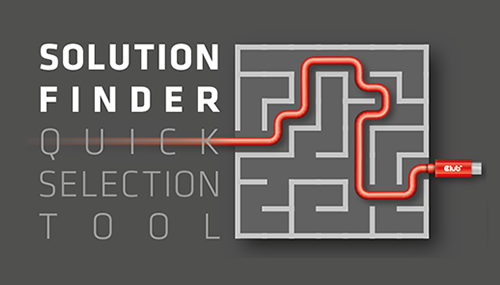POWER DELIVERY & PPS
There’s a good chance that most of your electronic gadgets charge from USB, but it wasn’t initially designed to provide much power. USB Power Delivery (PD) changed this in a major way, making power-hungry devices on USB a possibility. Standard USB Power Is a Little WeakStandard USB power specifications don’t offer much in the way of power. There are various USB power standards that devices can call on. Which ones are available depends on what type of USB standard the controller, cable, and device all support. For example, USB 3.2 Gen x2 offers at most 7.5W while USB 3.0 offers 4.5W.
There are special battery charging standards over USB that can pump up to 25W of power into a device and standard USB-C can deliver up to 15W of power, assuming that the charger can provide 3A of current.
Why are USB power standards so limited? The answer is somewhat complicated, but the common denominator here is that all of these standards, even the latest USB-C standard, operate at a mere 5V. Since the total wattage that can be delivered is a product of voltage and current, the only way to give more watts at 5V is to increase current. However, as the Amps go up you’ll run into various issues such as needing thicker wiring and of course, the level of current can quickly become dangerous.
USB Battery Charging (BC) 2 offers the most watts at 5V and 5A, totaling 25W. Fast-charging smartphones, tablets, and modern laptops can easily meet and exceed that number. Quite a few proprietary USB fast-charging methods have been developed to address this, and USB PD exists as a way to accommodate these growing power needs in an industry-standard way.
CHARGING TABLE

Power Delivery(PD)
Power Delivery (PD) is a standard for handling higher power that was introduced by the USB Implementers Forum. It allows devices to charge fast over a USB connection. It provides high-speed charging with variable voltage using intelligent device negotiation. Devices negotiate a power contract to determine how much power they can pull from a PD charger.
PPS is the latest addition to the PD 3.0 standard. PPS and PD protocols work seamlessly together. PPS allows for renegotiation of non-standard currents and voltages between the charger and the device, feeding it with maximum power.
Quick Charge (QC) is one of the most common fast charging protocols on the market and is found in many popular smartphones. It was invented by Qualcomm, which makes mobile CPUs. The charging standard supports backward compatibility, which means a QC 4+ charger can fast-charge a QC 3.0 device. Quick Charge achieves fast charging by increasing the charging voltage, boosting the wattage in the process. QC 5, the latest standard in Quick Charge technology, can recharge smartphones to 50% in five minutes.
What’s the Difference Between PPS, PD, and QC?Programmable Power Supply PPS allows for stepwise changes in current and voltage. It decreases the conversion loss during charging, ensuring the charge is more efficient. When the charge is more efficient, less heat is produced, and when less heat is produced, a battery’s lifespan increases. So, PPS fast charging is better for your device’s battery.
PD CHARGING
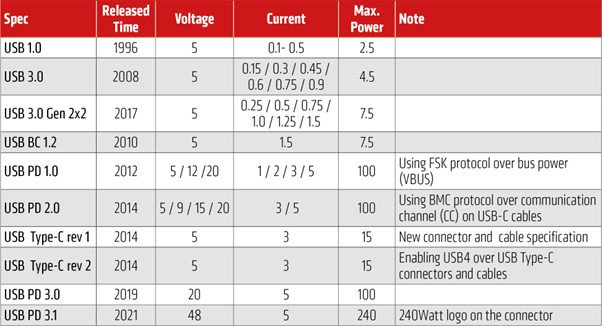
PD
USB Power Delivery Adds The VoltsThe first version of USB Power Delivery running over Micro-USB offered 60W at 3A, which means that it’s also pushing 20V. That’s four times as much as the base-level USB standard. PD 1.0 on USB Type-A/B upped this to 5A, offering 100W of power.USB-C Power Delivery comes in two power levels. PD 2.0 and 3.0 over USB-C have the same 100W power rating as PD 1.0 over Type-A/B connectors. Power Delivery 3.1, however, offers a whopping 240W of power by pushing the voltage up.USB PD never exceeds 5A of current, but the voltage can be dynamically configured to meet the needs of a device up to the maximum power limit for the standard.
The Device Handshake
In the latest revision of USB PD, a device can ask for an intermediate voltage starting at 15V. If there are multiple peripherals connected to a USB PD power source, then each device only gets the amount of power it needs. When a device needs more power, it gets it for the duration of that need and then drops back to the lower level of power use. It allows devices to charge fast over a USB connection. It provides high-speed charging with variable voltage using intelligent device negotiation. Devices negotiate a power contract to determine how much power they can pull from a PD charger.
Can PPS Charge Laptops?
The Cable Matters
In other words, you can only get a particular level of power such as 100W or 240W if the cable you’re using supports it. This will usually be indicated in the cable’s specifications, but in practice, the charger and device will negotiate the fastest power rate that the weakest link in the chain can handle. Whether it’s the charger, cable, or device.
Be Wary of Uncertified ProductsIn order for a device such as a charger to claim that it’s a USB PD product, it must comply with USB PD specifications. This means that the device will display the USB Implementer Forum’s compliance logos and TID numbers. It is worth doing a little research before you buy a USB-C device, avoiding device damages !In other words, make sure you buy a good, high-quality cable like our Club 3D Certified 240W cables.
Abbreviations:
| What does it mean: | ||||
| CC: | Configuration Channel | PD: | Power Delivery | |
| DFP: | Downstream Facing Port | PPS: | Programmable Power Supply | |
| DRP: | Dual Role Port | UFP: | Upstream Facing Port | |
| FRS: | Fast Role Swap | USB: | Universal Serial Bus | |
What Is A GaN Charger

Why Buy A GaN Charger
The primary reason to buy a GaN charger is that they’re more efficient at transferring current. Chargers made with gallium nitride tend to last longer as well. This means you get more energy put into your device which equates to less time it takes to charge your smartphone or other devices.
The reduction in consumption of materials such as plastic is achieved with the increase in so-called power density that enables smaller components to manage a larger power delivery. A high power density also cuts down recycling and environmental costs.
If every power adapter achieved at least 1% higher efficiency, the world could save about 90 terawatt-hours of energy, equivalent to the output of 12 (average sized)nuclear plants, in addition, if one billion chargers worldwide were to use GaN technology, Approx. 0.2 million tons of plastics and raw materials could be saved(World population approx. 7.9 Billion-June 2022).

GaN: The Gallium Nitride Secret
As you probably know, computers today are made from silicon chips. This happened because silicon is a, widely available, element and relatively easy to work with. It's also an excellent semiconductor because of its adjustable electrical properties. However, Gallium nitride or GaN is discovered to be a newer, better alternative to silicon. This material is better at conducting higher voltage over longer times compared to silicon. Electrical currents also travel faster through it, allowing for faster processing. This better conductivity leads to higher efficiency. That's because it doesn't need as much energy to get the same output as compared to silicon transistors. It also allowed manufacturers to create chips in a denser, more compact form since less energy meant less heat. GaN chips also have higher voltage capacity and are more resistant to heat, perfect for power transfer applications. All these properties make GaN perfect for charging technologies. It can output the same power as silicon chips without requiring as much space, produce less heat despite having high wattage, and is more power-efficient. That's why you can buy small GaN power chargers that can fast-charge multiple devices while retaining the same size as your current charger.

Why Is Gallium Nitride Superior to Silicon?
Benefits of a GaN USB Charger
Club 3D GaN Chargers

Please refer to a full overview of our Legacy Terms and Conditions on www.club-3d.com.

 Deutsch
Deutsch Español
Español Türk
Türk
